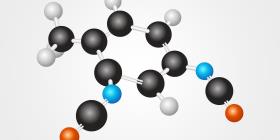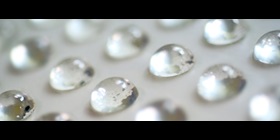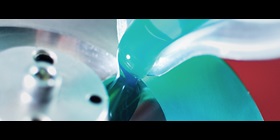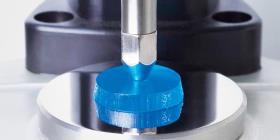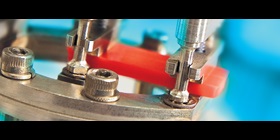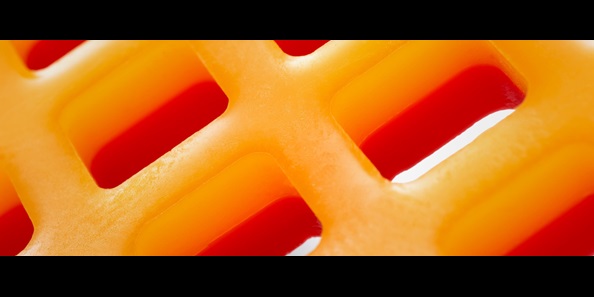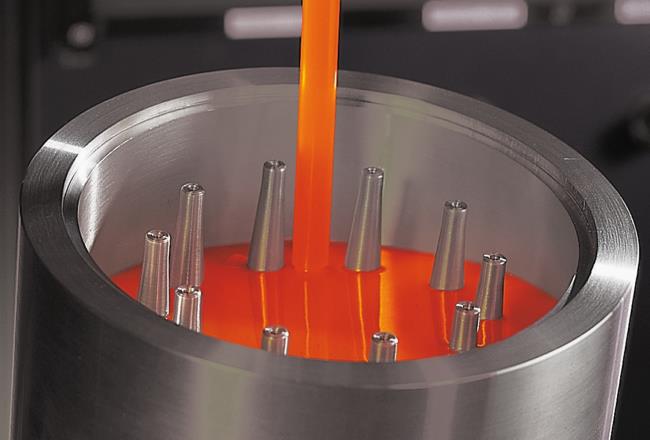
Technology
NDI-based cast polyurethane elastomers: The ultimate solid and cellular solutions
Whenever applications require the highest mechanical load-bearing characteristics and the highest dynamic load-bearing capacity, NDI-based cast polyurethane elastomers are the material of choice.
Featured Brands
- Polyisocyanates for a wide range of PU foams, coatings and adhesives
- NDI-based high-performance cast polyurethane elastomer
Key benefits
- Mechanical excellence: High tensile strength and tear resistance, low compression set and abrasion loss.
- Dynamic excellence: Low energy loss and heat build-up, high rebound resilience.
- Unique microcellular structure: Combines high volume compressibility with minimal transverse expansion.
- Heat-resistant: Continuous operating range up to 80°C, for short periods up to 120°C.
- Media-resistant: Good resistance to UV radiation, ozone, grease, and oils.
NDI-based cast polyurethane elastomers can have a solid or a cellular structure. These ultra-high-performance elastomers are produced in a multistage process through chemical reactions between polyols and NDI (1,5-naphthylene di-isocyanate) with glycols or water. In the first step, prepolymers are produced from polyols and NDI. In the second step, prepolymers are reacted by mixing them with glycols (solid elastomers) or water (cellular elastomers), and the mixtures are poured into open molds.
Solid elastomers are produced by casting at temperatures exceeding 100°C; cellular elastomers require temperatures around 90°C. The reaction mixtures cure in open or closed molds to form, respectively, solid or cellular elastomers. After demolding, the elastomers are subject to a special maturing process that is essential to achieve exceptional mechanical and dynamic properties. Besides the classic multistage process, the elastomers can also be manufactured from our stable NDI-prepolymers, a great solution especially for small- to mid-scale production.
Solid elastomers are produced by casting at temperatures exceeding 100°C; cellular elastomers require temperatures around 90°C. The reaction mixtures cure in open or closed molds to form, respectively, solid or cellular elastomers. After demolding, the elastomers are subject to a special maturing process that is essential to achieve exceptional mechanical and dynamic properties. Besides the classic multistage process, the elastomers can also be manufactured from our stable NDI-prepolymers, a great solution especially for small- to mid-scale production.
Vulkollan®: The ultimate elastomer
When our Desmodur® 15 (NDI; 1,5-naphthylene di-isocyanate) and high-quality Vulkollan® polyols are used, the manufactured solid and cellular elastomers can be marketed as Vulkollan®, provided that processing guidelines are implemented and a trademark license is granted. Solid Vulkollan® covers a hardness range from approximately 65 Shore A up to 60 Shore D and is used to produce wheels and castors as well as technical and semi-finished parts. Cellular Vulkollan® covers a density range from approximately 300 up to 850 kg/m3 and combines high volume compressibility with minimal transverse expansion. It is used for the manufacture of superior damping elements, such as bumpers, springs and NVH (noise, vibration, harshness) elements.













